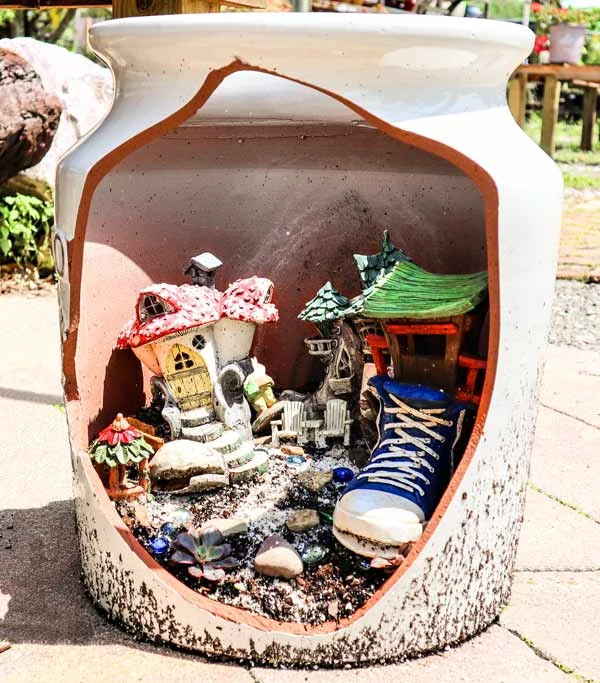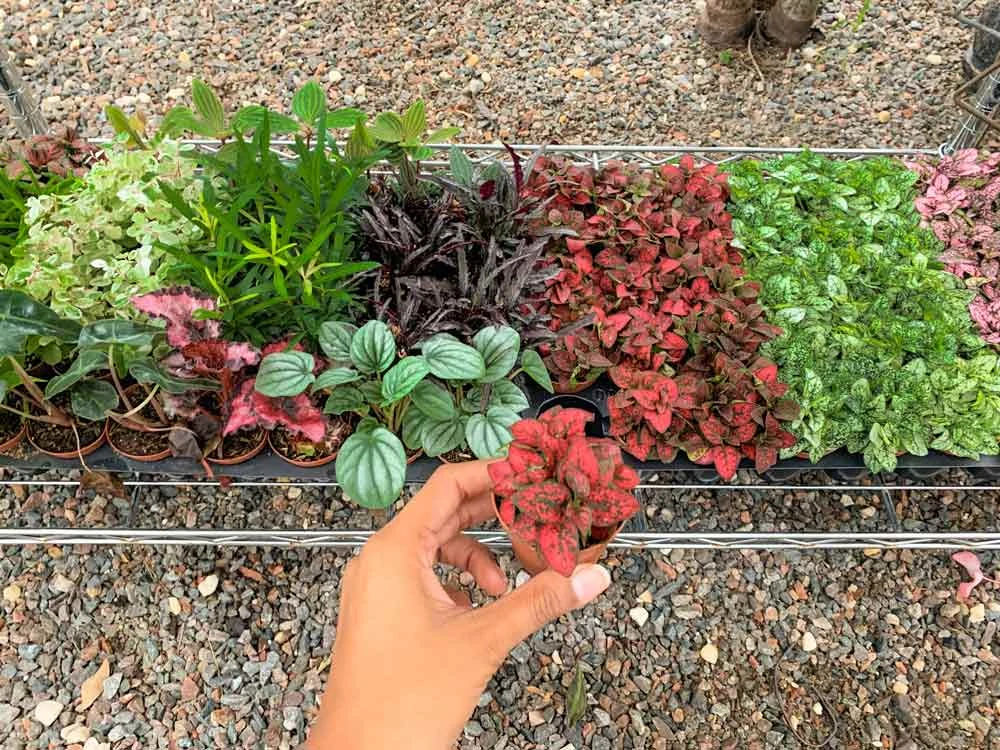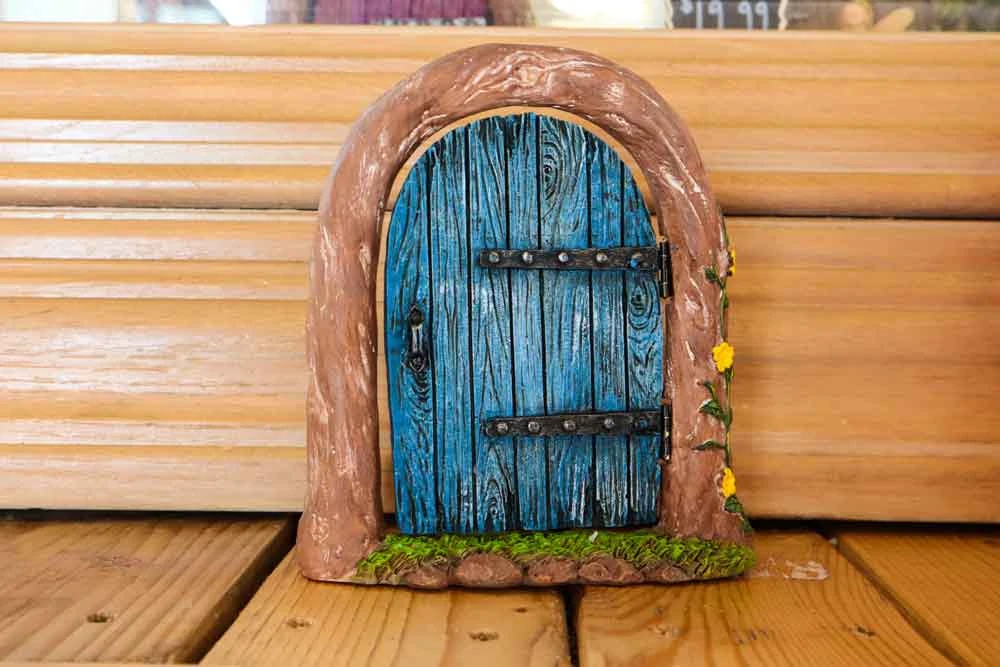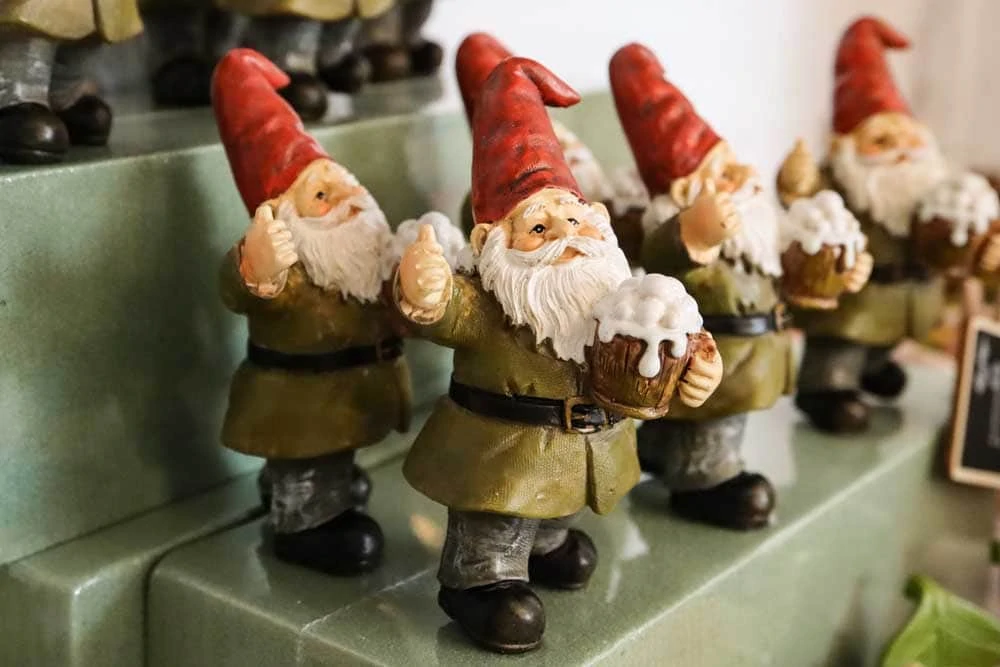by Amanda Rose Newton
Last week’s blog provided a solid foundation on the history of intertwining fairy folklore in the culture of gardening, and you are ready to start crafting your dream fairy fantasyland!
Just like any personalized piece of art, fairy gardens should reflect your own interests, current trends, or mood you are trying to capture.
The first preliminary step is to come up with an overall theme you are striving for. Do you want to go full-on fairy? Would you rather deviate and use superheroes or Star Wars characters? Remember, there is no right or wrong when it comes to creating a theme if the elements of fairy gardening are in place.
To help guide you in coming up with a cohesive design, use the following 3 steps to make your visions come to life.
1. How to build a Fairy Garden: Fairyland Blueprints
Just like any home, landscape, or other large projects, mapping out how and where you want your garden located is the keystone to successful implementation.
The best part of fairy gardening is that the emphasis is on creating a discreet world, so think on the small scale. Select a container or a tucked-away area of an outdoor bed to best suit your needs. Containers have the added advantage of being portable, meaning they can be indoor fairy gardens if you wish.
Anything goes when it comes to choices for housing your garden! My personal favorite garden was a 50s themed kitchen garden made in a vintage Pyrex dish!

The shortlist below highlights some favorite options used here in the past:
Container Suggestions for Fairy Gardens:
• Flowerpots (new or old)
• Buckets (plastic, tin, etc)
• Wheelbarrows
• Washtubs
• Wooden boxes
• Glass bowls
• Terrariums
• Birdbaths
• Bowls (mixing, serving)
2. Constructing your Fairy Garden
When it comes to supplies for fairy gardening, there are a few items that everyone will need, no matter the theme.
Best Soil for Fairy Gardens:
Pick soil that is well-composted for best results. Not only will it make your plants healthy and happy but it will also add texture and create a woodland look and feel.
If you are concerned about drainage, go ahead and add a layer of gravel at the bottom. Activated charcoal and/or moss is also a nice addition that helps in keeping everything properly moist and healthy.
Best Plants for a Fairy Garden:
This is the fun part! The real challenge is making sure to pick the RIGHT plants for where your garden is going. Think about how many hours of sun your garden will get when making your selection. You want to select plants that will lend to the theme you are going for and should mimic larger plants in texture, color, and purpose.
Making sure not to go nuts (I know, easier said than done at a garden center) is also key here. Fairyland accessories are just as important in creating the scene as the plant life and making sure there is room for all is crucial.

To be safe, choose a few of our large selections of 2-3-inch foliage and succulent plants available in the greenhouse for easy-to-grow options for low light.
• Small ferns
• Trailing herbs like thyme and oregano
• Rosemary (this can be pruned to look like a tiny tree)
• Ivy
Fairy Garden Accessories:
While there are several places you can purchase accessories specially designed for fairy gardening, just about any small household item can be suitable with the right imaginary touch.

Doll furniture is just as acceptable out in the garden, old craft sticks make lovely picket fences, and tiny Christmas lights can be transformed into “fairy lights” or fireflies. Below are a few items you may have around the home that will suit a fairy garden design nicely.
• Toadstools (mushrooms)
• Animals (plastic, metal)
• Tables and chairs (doll furniture, or can make from molding clay or twigs)
• Fairies (or action figures, game pieces, etc.)
• Houses (birdhouses, old watering cans, shoes, plant pots)
• Lights (Christmas lights, lanterns, etc.)
• Stones, old pottery, or plates make great walkways or streets
3. Tying It All Together
Once everything is built, look over your fantasyland. Does it match your intended theme? What elements could be added or removed? Part of the charm of fairy gardens is that they shouldn’t necessarily be easy to find, as fairies are not always looking to be discovered.
Make sure you place your garden slightly out of sight, but still in an area where it will garner attention and, more importantly, receive the light it needs to stay healthy all summer long.

Finally, snap a photo of your finished work of art and tag us @rockledgegardens! We would love to see and show off your masterpieces on Facebook and Instagram.
No matter your theme or your age, fairy gardening is one of the few pleasures in life that spans all generations and backgrounds. Put your creative energy to use this summer with a simple project that will give you joy all season long.


